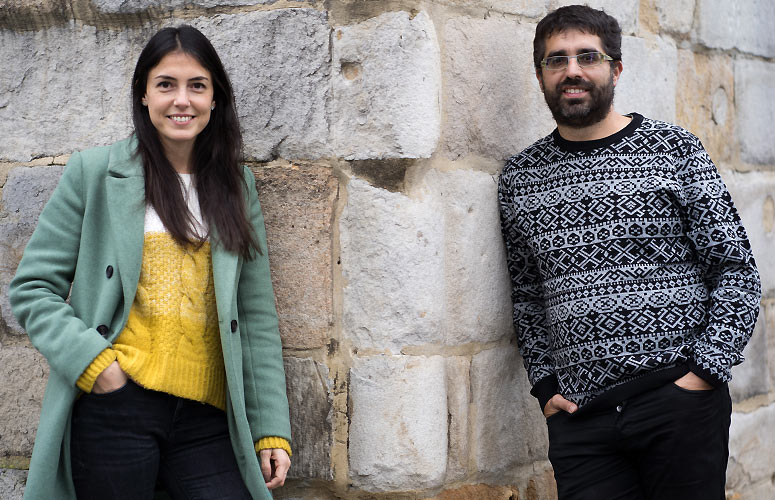Increased consumption of anxiolytics in adolescents, especially in women and low classes
2022/12/09 Galarraga Aiestaran, Ana - Elhuyar Zientzia Iturria: Elhuyar aldizkaria

The research team OPIK has analyzed the consumption of anxiolytics and hypnosedatives in Spanish adolescents and pointed out that the trend is worrying. Data from the ESTUDES survey of the Spanish drug plan were used to reach this conclusion. Specifically, alcohol use has been observed in students aged 14 to 18 years and the prevalence and probabilities of consuming anxiolytics and hypnosedatives at this age have been studied. Thus, the prevalence has continued to increase.
The OPIK group investigates the impact of social determinants on health and the ESTUDES survey has differentiated clear differences according to gender, origin and social class.
It is observed that the impact of gender is significant, as the consumption of anxiolytics is higher in women of all ages included in the survey. For example, at 18 years of age, 3rd% of the women ever consumed an anxiolytic, a percentage that in men reaches 20%.
When estimating the probability of consumption by gender, it is observed that the female probability of consuming anxiolytics is almost 50% higher. In addition, increasing age increases the probability in women: Among 18-year-olds, the probability was twice that of 14-year-olds.
As for the place of origin, they confirm the existence of a migrating algal head. In fact, migrant women were more likely to consume and men were less likely.
To analyze differences according to social level, the educational level of the parents was taken into account. Thus, they observe that the lower the educational level of their parents, the higher the consumption of anxiolytics, especially among daughters.
The reasons for these differences to be analysed
OPIK researchers also explain the causes of these differences. They say that the material and symbolic cultural inequality suffered by women (despised work, precariousness…) causes greater suffering. In addition, discomfort is addressed in health services and women attend the consultation more than men, as they are socialized in the demonstration of vulnerability and in the value of care.
They stress that the roles of women also have a lot to do. The role of women is emotional, passive and submissive, and this role is more likely to be pathologically pathological than the male role, just the opposite, that is, rational, autonomous and strong. Likewise, it is noticed that breaking with these roles causes discomfort.
The researchers of the OPIK group believe that the variables to understand the differences in consumption are diverse, such as academic self-demand, the first affective sexual relations of dependence or abuse, the social network, the aesthetic tension, the loss of life project due to capitalist crises…
They explain that this is the essence of medicalization: psychotropic drugs provide individual solutions to problems of social or structural origin. Therefore, discomfort is neutralized and assimilated, and suffering is separated from its main causes.
The research, led by Xabi Martínez Mendia, of the OPIK group, has had the participation of Unai Martín Roncero and Amaia Bacigsano de la Hera. They state that in an article all the details of the analysis will be given.

Gai honi buruzko eduki gehiago
Elhuyarrek garatutako teknologia





